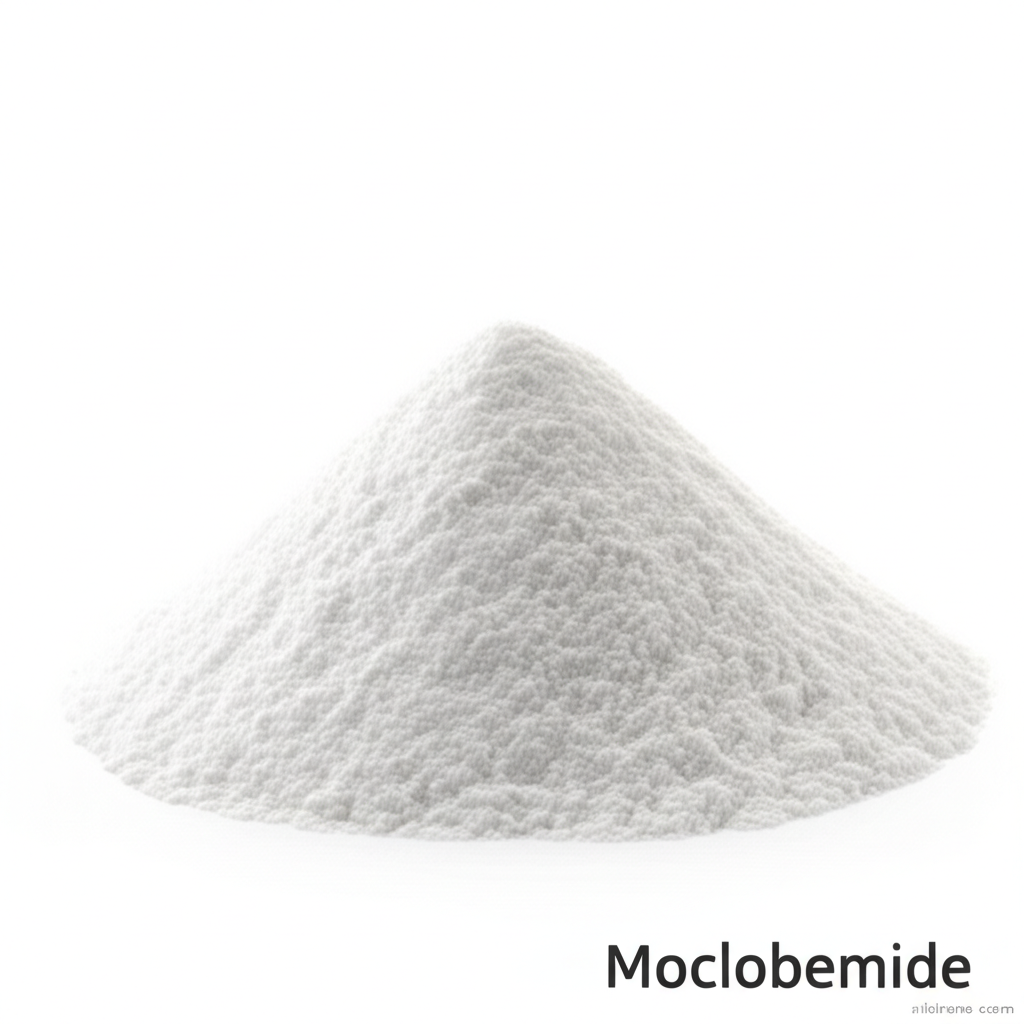Moclobemide: A Comprehensive Guide to Its Properties, Applications, and Therapeutic Benefits
Explore the advanced pharmacological profile and clinical applications of this vital pharmaceutical compound.
Get a Quote & SampleProduct Core Value

Moclobemide
Moclobemide stands out as a selective and reversible inhibitor of monoamine oxidase type A (RIMA), offering a distinct therapeutic advantage in managing mental health conditions. Its mechanism targets key neurotransmitters in the brain, contributing to its effectiveness in treating various forms of depression and social anxiety disorders.
- Understanding Moclobemide mechanism of action provides insight into its role in balancing brain chemicals crucial for mood regulation.
- Moclobemide uses and side effects are thoroughly reviewed, emphasizing its favorable profile and manageable side effect spectrum.
- Moclobemide drug interactions are detailed to ensure safe co-administration with other medications.
- Moclobemide pharmacokinetics are examined, covering absorption, distribution, metabolism, and excretion.
Key Advantages
Improved Tolerability
Compared to older antidepressants like TCAs and irreversible MAOIs, Moclobemide offers significantly better tolerability and a more favorable safety profile, making it suitable for a wider patient population, including the elderly.
Dietary Flexibility
A key benefit is the reduced need for strict dietary restrictions. Unlike irreversible MAOIs, Moclobemide's reversible action minimizes the risk of hypertensive crises associated with tyramine-rich foods, as highlighted in Moclobemide uses and side effects.
Faster Onset of Action
Research suggests that Moclobemide may have a faster onset of action compared to some other antidepressant classes, potentially leading to quicker symptom relief for patients dealing with depression.
Key Applications
Depression Treatment
As a primary antidepressant, Moclobemide is effective in managing various forms of depression, including unipolar endogenous depression. Its role in Moclobemide for depression treatment is well-documented.
Social Anxiety Disorder
Studies indicate Moclobemide's efficacy in treating social anxiety disorder, offering an option for patients experiencing significant social phobia. The effectiveness is further explored in discussions around Moclobemide uses and side effects.
Elderly Patient Care
Due to its favorable safety profile and reduced side effects, Moclobemide elderly use is considered a beneficial option for managing depression in older adults, often improving cognitive function associated with dementia.
Neurological Research
Beyond its clinical uses, Moclobemide's interaction with neurotransmitter systems makes it a subject of interest in neurological research, particularly concerning Moclobemide mechanism of action and its broader impact on brain function.
